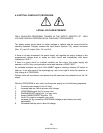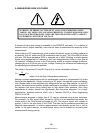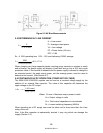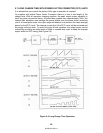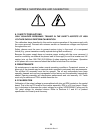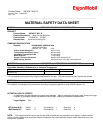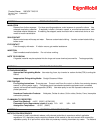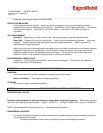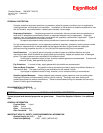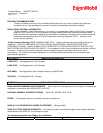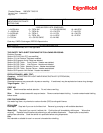
Product Name: UNIVOLT N 61 B
Revision Date: 20Mar2007
Page 2 of 9
______________________________________________________________________________________________________________________
SECTION 4 FIRST AID MEASURES
INHALATION
Remove from further exposure. For those providing assistance, avoid exposure to yourself or others. Use
adequate respiratory protection. If respiratory irritation, dizziness, nausea, or unconsciousness occurs, seek
immediate medical assistance. If breathing has stopped, assist ventilation with a mechanical device or use
mouth-to-mouth resuscitation.
SKIN CONTACT
Wash contact areas with soap and water. Remove contaminated clothing. Launder contaminated clothing
before reuse.
EYE CONTACT
Flush thoroughly with water. If irritation occurs, get medical assistance.
INGESTION
Seek immediate medical attention. Do not induce vomiting.
NOTE TO PHYSICIAN
If ingested, material may be aspirated into the lungs and cause chemical pneumonitis. Treat appropriately.
SECTION 5 FIRE FIGHTING MEASURES
EXTINGUISHING MEDIA
Appropriate Extinguishing Media: Use water fog, foam, dry chemical or carbon dioxide (CO2) to extinguish
flames.
Inappropriate Extinguishing Media: Straight Streams of Water
FIRE FIGHTING
Fire Fighting Instructions: Evacuate area. Prevent runoff from fire control or dilution from entering streams,
sewers, or drinking water supply. Firefighters should use standard protective equipment and in enclosed
spaces, self-contained breathing apparatus (SCBA). Use water spray to cool fire exposed surfaces and to
protect personnel.
Hazardous Combustion Products: Aldehydes, Oxides of carbon, Sulfur oxides, Smoke, Fume, Incomplete
combustion products
FLAMMABILITY PROPERTIES
Flash Point [Method]: >145C (293F) [ ASTM D-92]
Flammable Limits (Approximate volume % in air): LEL: N/D UEL: N/D
Autoignition Temperature: >315°C (599°F)
SECTION 6 ACCIDENTAL RELEASE MEASURES
NOTIFICATION PROCEDURES
In the event of a spill or accidental release, notify relevant authorities in accordance with all applicable
regulations. U.S. regulations require reporting releases of this material to the environment which exceed the
reportable quantity or oil spills which could reach any waterway including intermittent dry creeks. The National



